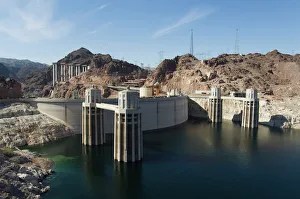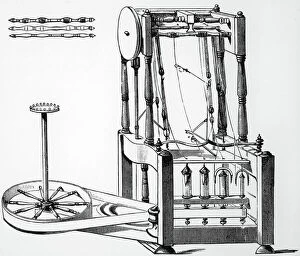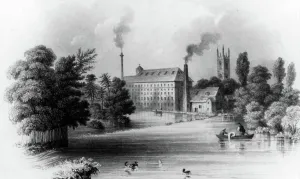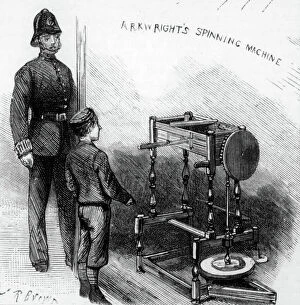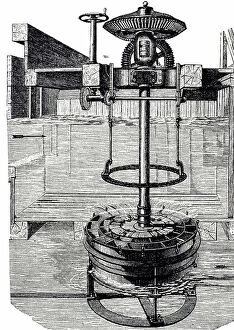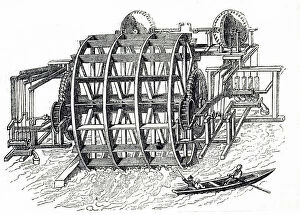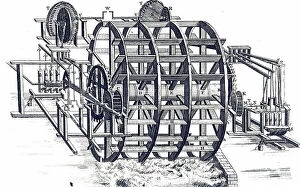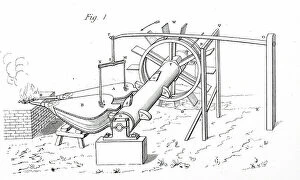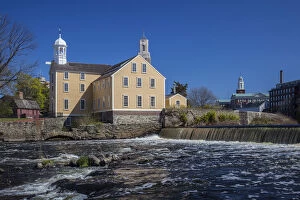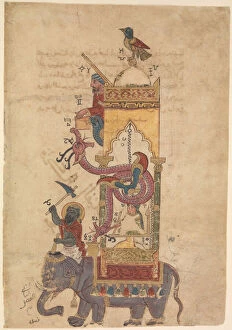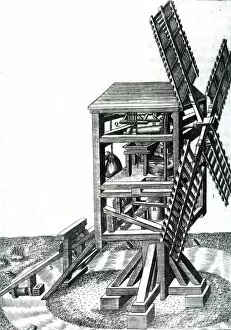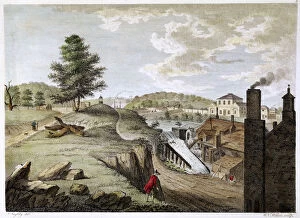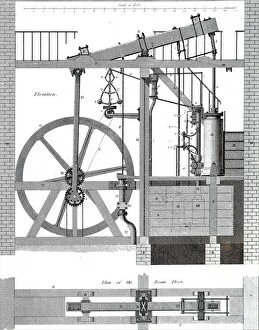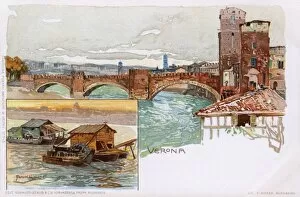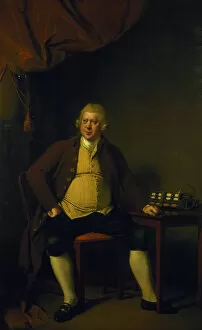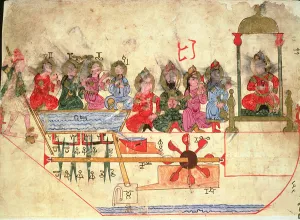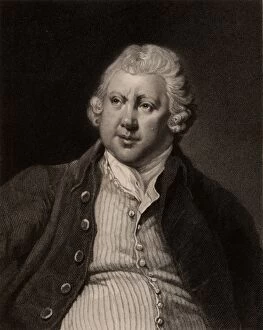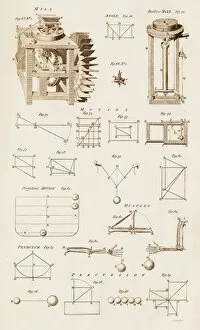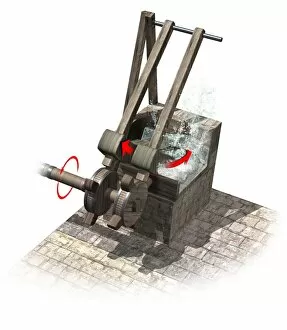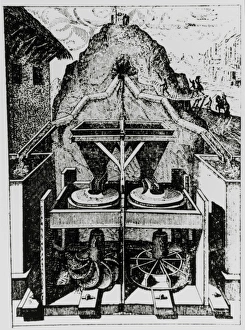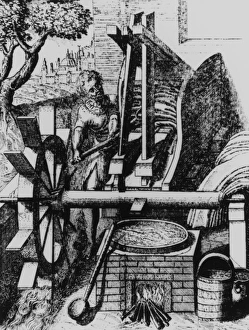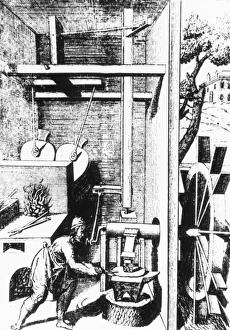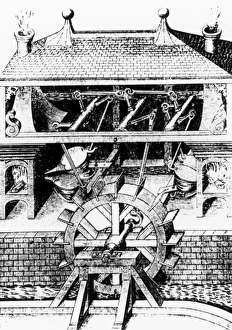Water Powered Collection
Water has long been a powerful force, harnessed by humans to drive innovation and progress
All Professionally Made to Order for Quick Shipping
Water has long been a powerful force, harnessed by humans to drive innovation and progress. From the mighty Hoover Dam on the Colorado River, forming a border between two states, to the Lynton and Lynmouth Cliff Railway that relies on water for its operation, we witness the incredible potential of water power. In Pawtucket, Rhode Island, at the Slater Mill Historic Site, history was made as the first water-powered cotton mill revolutionized textile production. A glimpse into the past reveals a water-powered crushing or milling machine in an engraving from 1607. The ingenuity of mankind is further showcased in "The Elephant Clock" from a Book of Knowledge of Ingenious Mechanicals - an intricate creation powered by water. From windmills with rudders depicted in Figure CXXXIII of The Diverse to Arkwright's Cotton Mills captured on canvas in the 1790s, we see how water power shaped industries across time. Even art found inspiration in this natural resource; a bird song musical tree published around 1670 showcases nature's harmony through engravings. As technology advanced, so did our ability to harness water power efficiently. Another engraving from 1607 depicts a groundbreaking invention - a water-powered milling machine that transformed various industries. Fast forward to 1872 when William Hamilton Gibson immortalized mills along Blackstone River through his lens - capturing both their beauty and functionality. Finally, we find ourselves at Cromford in Derbyshire where Richard Arkwright's house stands alongside the first cotton mill built there. This image from 1836 serves as a testament to how one man's vision propelled an entire industry forward using nothing but the sheer force of flowing waters. Throughout history and across continents like USA and England (Derbyshire), humanity has recognized that within every drop lies immense potential waiting to be unleashed. Water power continues to shape our world today – driving us towards new frontiers while reminding us of the remarkable achievements powered by this elemental force.

